The Underrated Value of Industry Conferences: Reflections from the 2018 IIAR Natural Refrigeration Conference & Expo
I had the opportunity to attend the 2018 IIAR Natural Refrigeration Conference & Expo in March, and it got me thinking about the value in these industry events. Why do we attend them?
There are countless niche conferences that cover every segment of the food and beverage industry, from packaging to refrigeration and from dairy to meat. These events bring professionals together from across the country and world — but why are they so important?




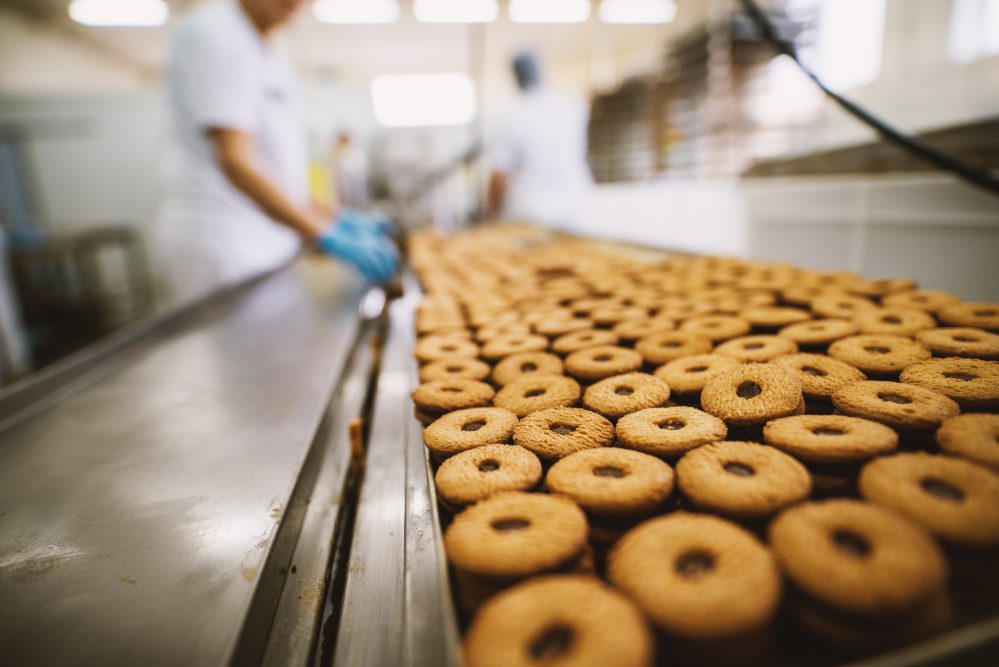
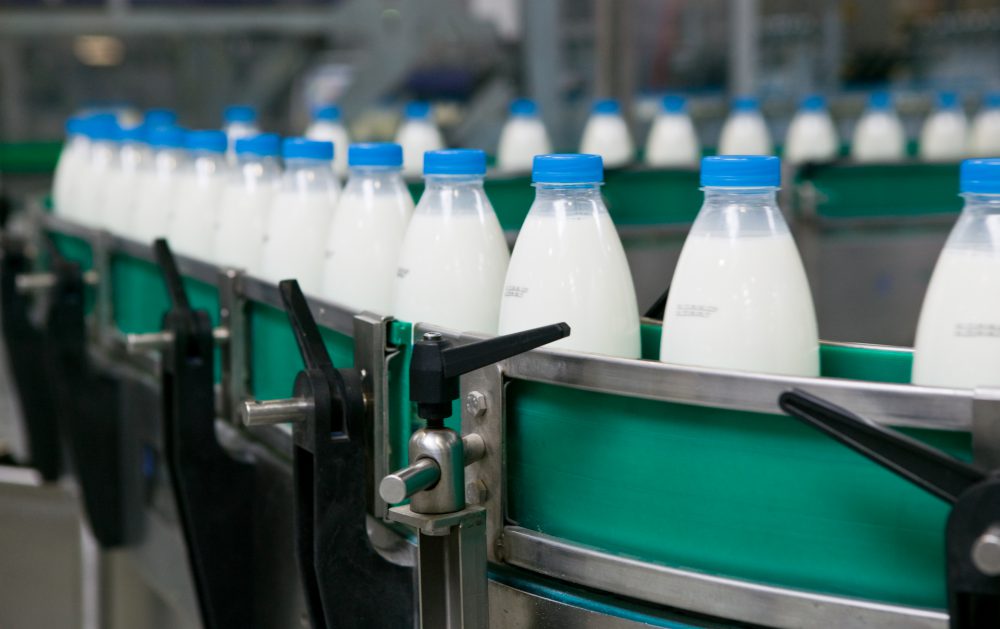

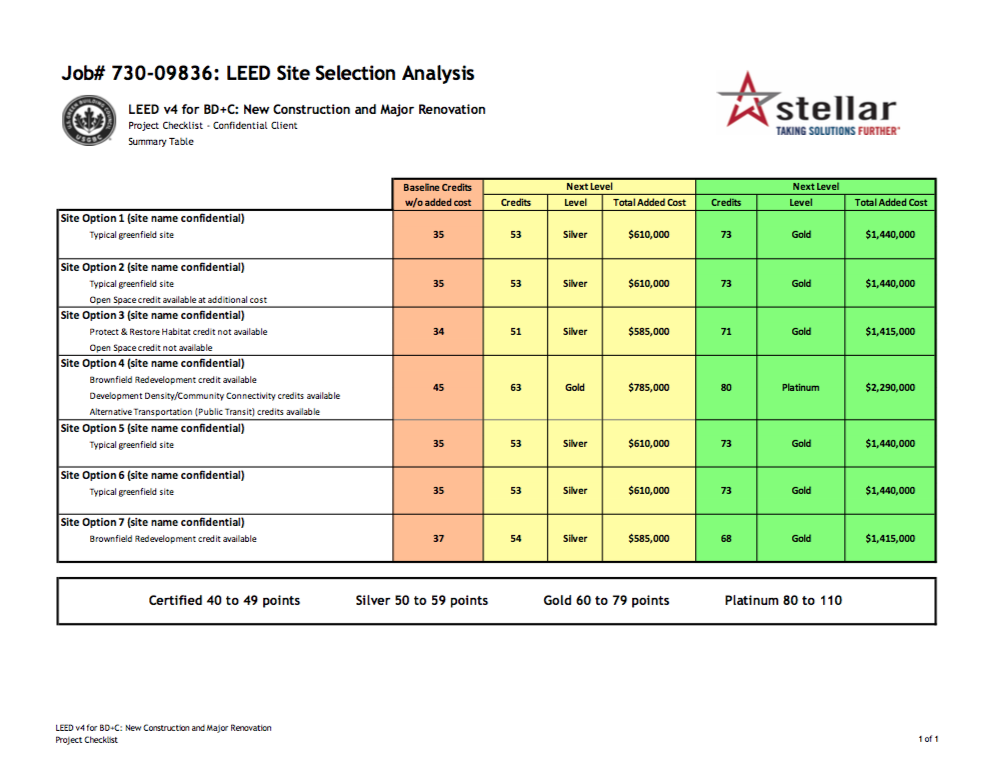
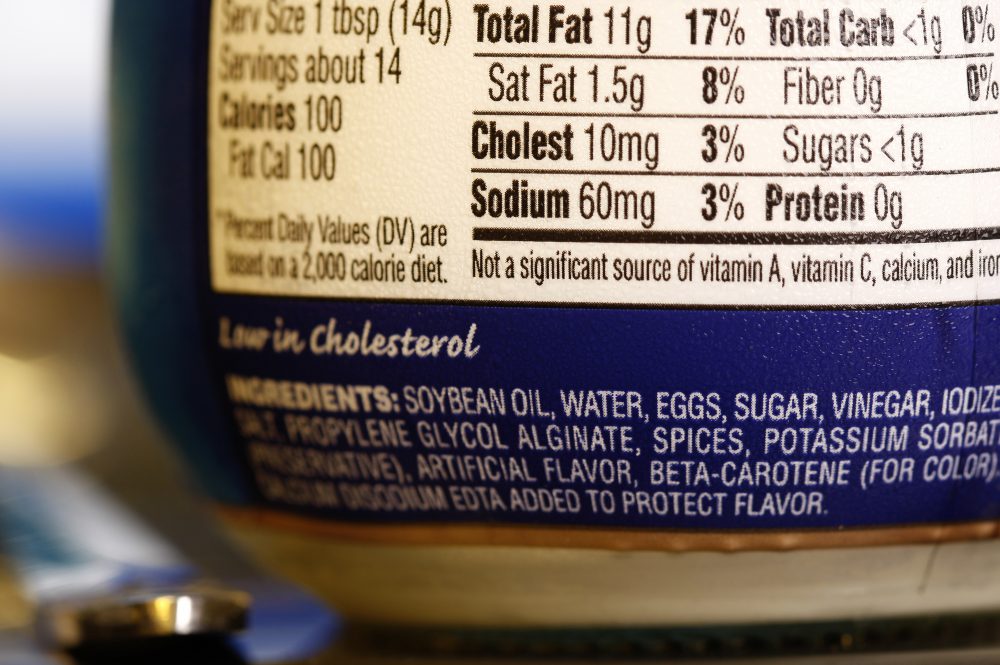
![[Infographic] 7 Best Practices for Gluten-Free Manufacturing](https://stellarfoodforthought.net/wp-content/uploads/2016/10/BREAD.png)

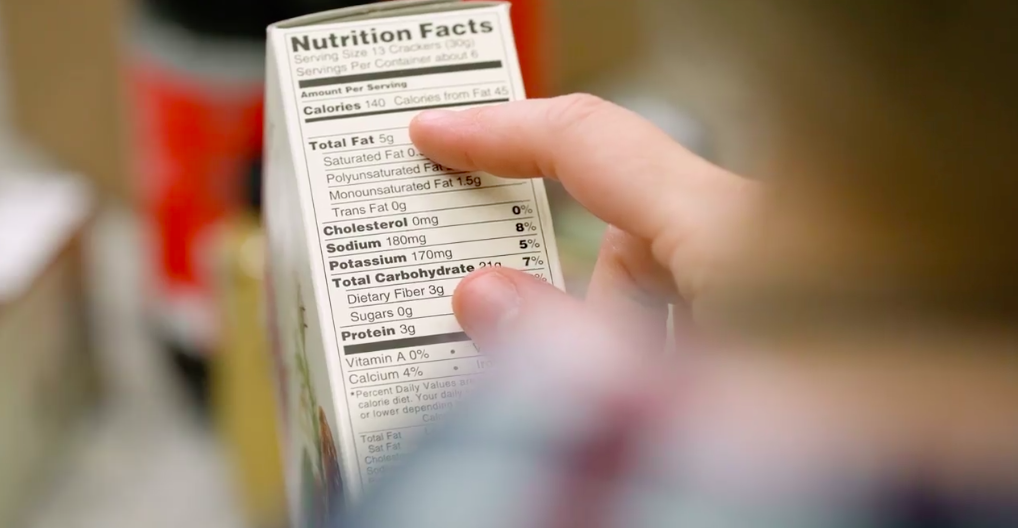
![[Infographic] Installing Packaged Refrigeration vs. Traditional Systems](https://stellarfoodforthought.net/wp-content/uploads/2018/02/Packaged-refrigeration.png)